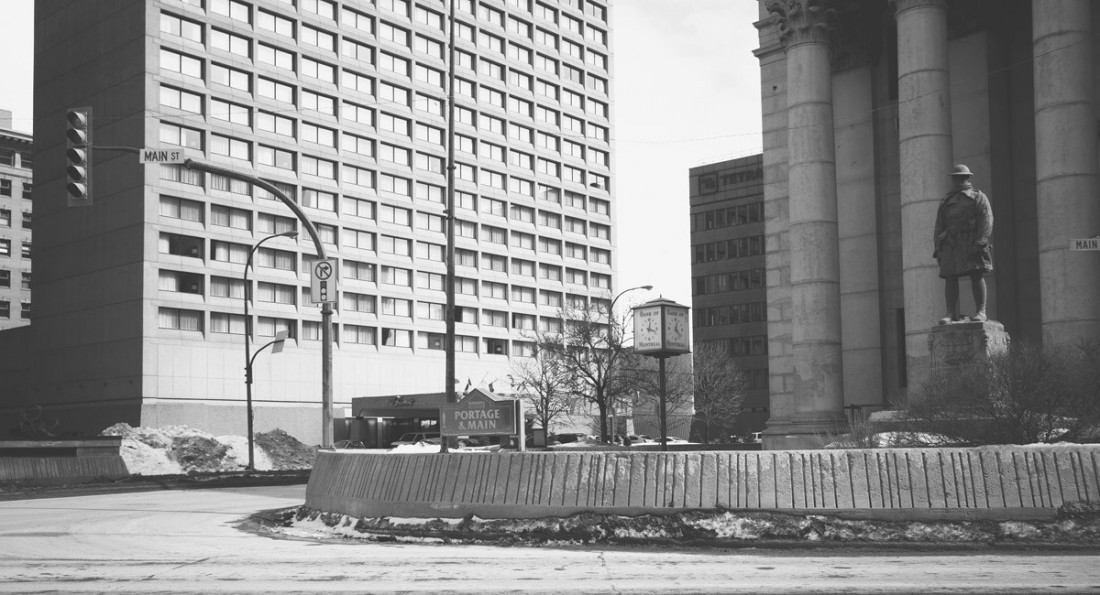What’s in a name?
Winnipeg’s new developments lack historic relevance
Winnipeggers take great pride in their approximately 236 distinct neighbourhoods, each offering unique histories and characteristics that make them stand out, and give residents a sense of ownership and pride. Many talk about how each Winnipeg community has its own identity, where people proudly speak of living in St. James or Fort Garry the same way those living in Morden or Neepawa might.
Pre-1972, before the ambitious Unicity reforms were implemented, many of Winnipeg’s communities were in fact their own municipalities, hence the “small town feel” shared by many residents. Even the neighbourhoods then within Winnipeg-proper had distinct identities in both name and history, many rooted in Canada’s colonial era and honouring the legacies of soldiers, politicians and educators alike.
The central neighbourhoods of Minto and Wolseley were named after the first Governor General of Canada and a prominent Field Marshall, respectively, who both participated in the suppression of the Red River Rebellion. The area of Point Douglas was named after the Fifth Earl of Selkirk, who had settled the Red River Colony in 1812. Osborne Village was named after Lt. Colonel William Osborne Smith, first Acting Commissioner of the North-West Mounted Police. Other neighbourhoods such as Daniel McIntyre and Luxton (both early Winnipeg educators), Earl Grey (Governor General of Canada in the early 1900s), and Lord Roberts (who led British forces in the Boer war), not to mention the countless Saints, all speak to Winnipeg’s great history.
Admittedly, the Euro-centrism of Winnipeg’s neighbourhood names has excluded all Aboriginal history, save the neighbourhoods of Peguis, Minnetonka and perhaps Dakota Crossing. As referenced above, some neighbourhoods glorify those who were responsible for the defeat of Louis Riel, a leader who is celebrated today as the Father of Manitoba and who now has bridges, school divisions and electoral constituencies named after him.
But what of the new neighbourhoods of Canterbury Park (a “Qualico Community”), Ridgewood South and Amber Trails? These new neighbourhoods are named not for any relevant reason, other than marketability. Island Lakes, for example, was named by the Ladco Company in the 1980s, apparently because they built an artificial island amongst manmade ponds. It’s not clear if a Linden tree (let alone a forest) still exists in the area developed by Interdisciplinary Engineering Company. There is no doubt that residents of these newer neighbourhoods will eventually develop a strong sense of community, but the concept of naming neighbourhoods to honour our past has all but vanished, with the possible exception of Bridgwater Forest, named for the late Arthur Bridgwater (he served as chief of the Fort Garry Police Department from 1945-74).
If we are able to put arguments aside about whether or not the City of Winnipeg should continue its urban sprawl in the first place, we should pay more attention to when City Council approves developers’ proposals for new neighbourhoods, and urge them to consider the importance of reflecting our collective history in the naming of these new communities. Our history should not be determined by the marketing branches of developers, but by the contributions of our citizens.
For more information on all of Winnipeg’s neighbourhoods, visit Neighbourhoods of Winnipeg (NOW) at now.winnipeg.ca.
David Jacks is a former UWSA President and is currently a Communications Representative at the Canadian Union of Public Employees.
Part of the series: The Urban Issue 2014
Published in Volume 68, Number 25 of The Uniter (March 27, 2014)







